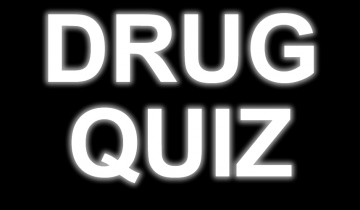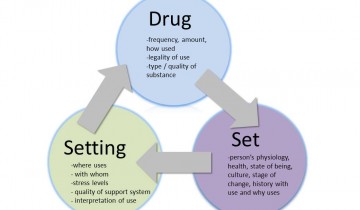
The concept of the circle to represent wholeness, completeness, and wellness is common. Central to the concept is to remain balanced at the centre of the circle while developing equally the physical, emotional, spiritual, and social aspects of one’s life.
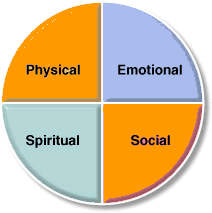
Whilst it may be useful to thinks about indicators of drug use, this may mean that we could focus too much on the drug use itself, rather than some of the needs behind drug use. When we interact or work with others, we should look at all dimensions.
Substance use can affect many aspects of an individual’s life. Physical signs of problem drug use in particular are perhaps easier to be aware of, compared to experimental or recreational patterns of drug use. But these physical signs may mask the user’s unmet social, emotional, and spiritual needs. Think of this when you look at Maslow’s hierarchy.
Maslow’s Hierarchy of Human Need
This model for understanding human motivation was proposed by Abraham H. Maslow in 1943. In his model:
There are at least five sets of goals, called basic human needs. These can be presented in a tiered hierarchy, with the tiers labelled: physiological, safety, love, esteem and self-actualisation.
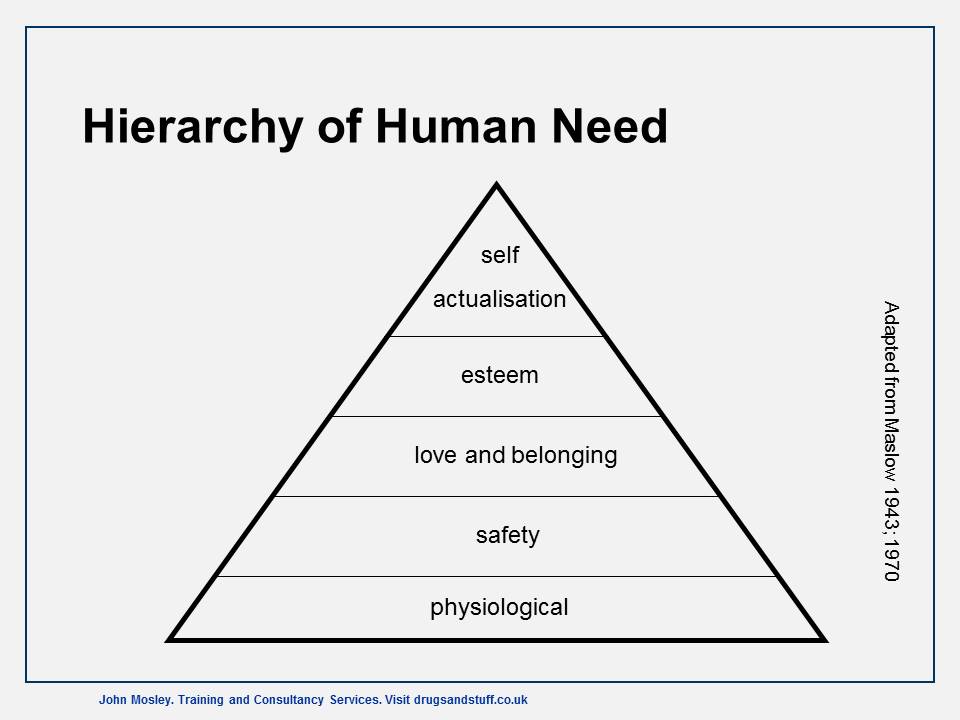
Maslow suggests that we are motivated by the desire to achieve or maintain the various conditions upon which these basic satisfactions rest and by certain more intellectual desires. These basic goals are related to each other, being arranged in a hierarchy of prepotency of power. This means that the most powerful goals will tend to dominate thought and behaviour. The less powerful needs are minimised, even forgotten or denied.
Physiological
Hunger, thirst, air, rest, elimination of waste, sex, physical dependence to, say, alcohol or heroin.
Safety & security
Freedom from threat or danger, need for shelter.
Love and belonging
Love needs include the feeling of belonging, being a part of something, being accepted by associates and peers, giving and receiving friendship and love. The need to belong is also a part of what we look for in a job.
Esteem
There are two facets to this need: internal and external. Internal esteem needs are defined by how competent the individual feels to meet current and future needs, by the way the self is perceived as either a success or a failure. External needs are provided by others in terms of reputation, feedback, and ability to receive respect and trust from others.
Self-actualisation
Self-actualisation (or self-fulfilment) is the realisation of potentials, becoming what one is capable of becoming, reaching some internally defined personal goal. Projects are begun and completed, new projects are undertaken. Maslow describes self-actualisation as a person’s need to be and do that which the person was born to do. It is his (sic) “calling. A musician must make music, an artist must paint, and a poet must write. If these needs are not met, the person feels restlessness, on edge, tense, and lacking something.”
In satisfying needs within the hierarchy, lower-order requirements are often met (in many Western societies, at least) by securing them with money, while higher order needs are satisfied by symbolic behaviour with a psychological and social content.
Studies on the validity of Maslow’s model across different cultures have suggested that all societies acknowledge the differentiation into these groupings, but that the order may vary depending on the relative importance attached to such concepts as ‘self-esteem’, ‘achievement’ and ‘security’.
Under stressful conditions, or when survival is threatened, we can ‘regress’ to a lower need level. When your career falls flat, you might seek out a little extra attention. When your family ups and leaves you, it seems that love is again all you ever wanted. When you face debt problems after a long and happy life, you suddenly can’t think of anything except money.
Application of Maslow to drug use
Maslow’s model provides one way of understanding how the satisfaction of needs may be affected by drug use. Many drug users may have protracted difficulties in meeting lower–order needs for a variety of reasons, for instance, the physical and psychological effects of drugs, drug-using lifestyles, poverty, unemployment and societal disapproval. For example, it is difficult to ‘self-actualise’ if you are homeless and constantly having to raise money to support a drug habit. Drug use can also provide temporary gratification of many ‘higher-order’ needs and desires, making them difficult to replace with other types of ‘symbolic’ behaviour.
Some of these levels of needs may be met by a greater or lesser extent by the use of drugs. For example, for many homeless people the prime need may be not to feel frightened or cold and that sometimes the only way to manage this is through being intoxicated.
Giving up drug use (or losing one’s supply) will often leave the individual user with feelings of loss or even bereavement. These feelings result from the realisation that many important needs have not been met or have been bought off temporarily at great emotional, physical and social cost. Many users and former users will be brought face to face with the fact that their needs have never been and may never be adequately satisfied because of health-related, financial, social or legal obstacles.
It can be seen that the need to adopt a holistic, multi-disciplinary and multi-agency approach is probably the only way to address the needs of those using drugs.
Lastly, I sometimes use the following quote from Aldus Huxley on training courses:
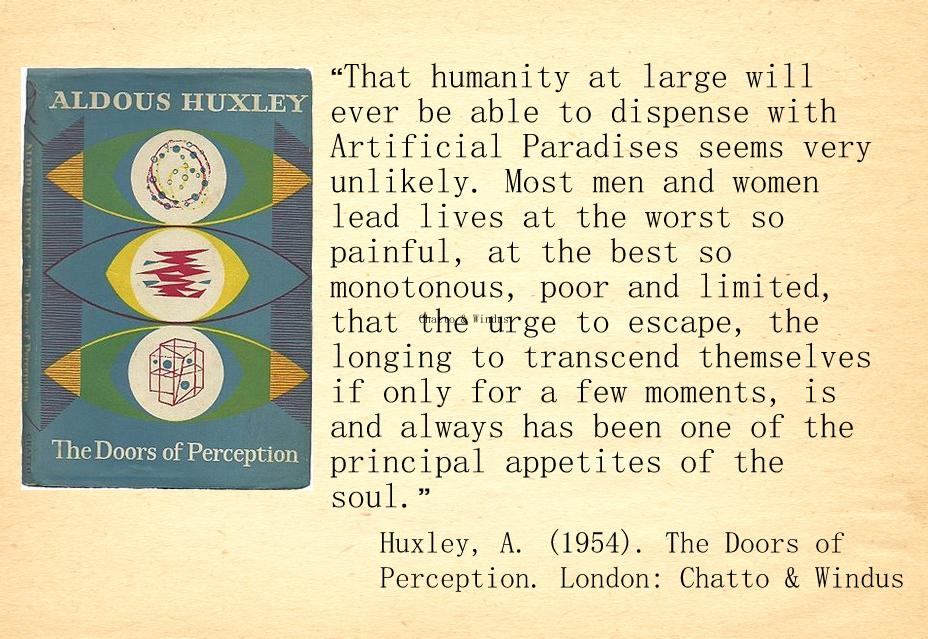
References/sources
Aldridge, T. and Astaniou, A. M. (2001). Homelessness and drugs: a one-day training manual. London: DrugScope.
Huxley, A. (1954). The Doors of Perception. London: Chatto & Windus.
Maslow, A . H. (1970). Motivation and personality. New York: Harper & Row.
